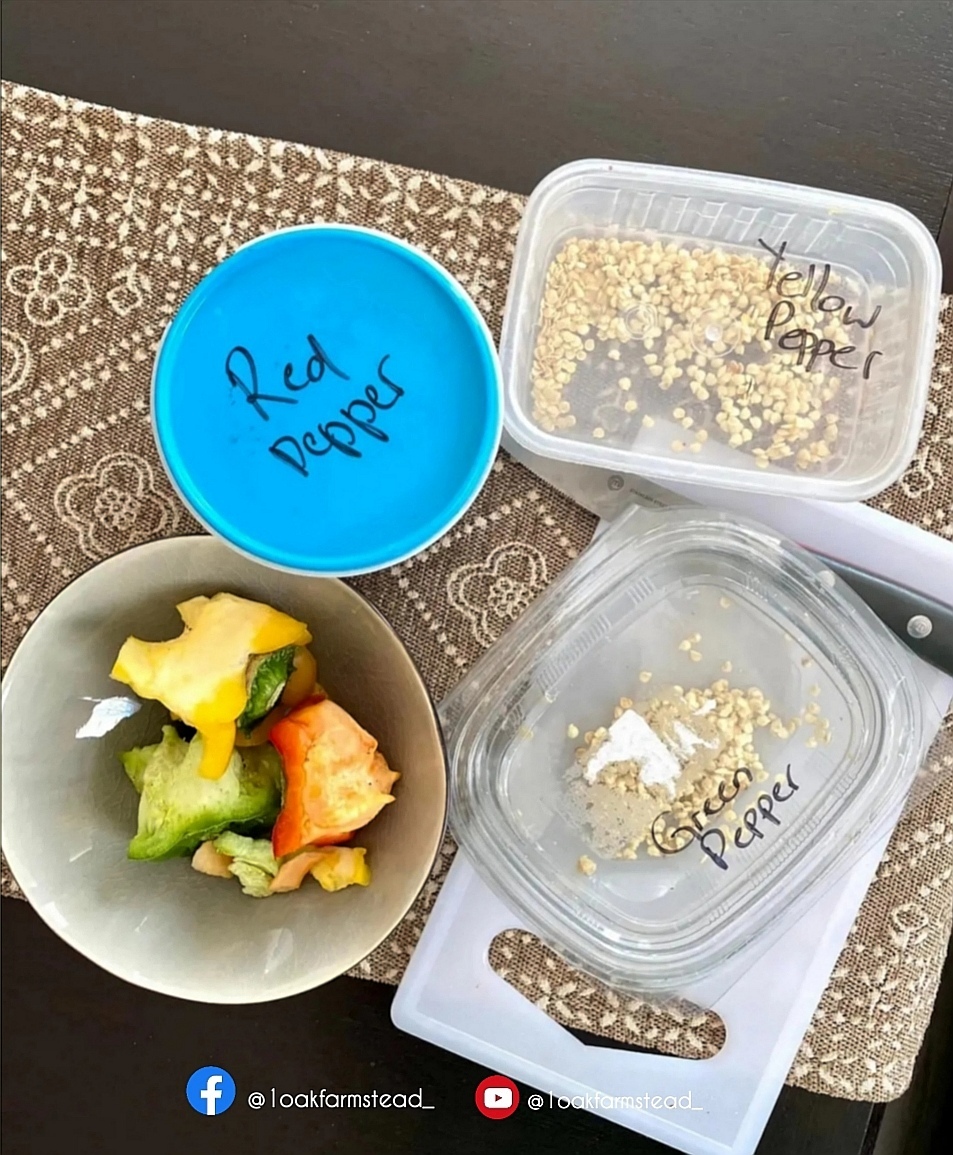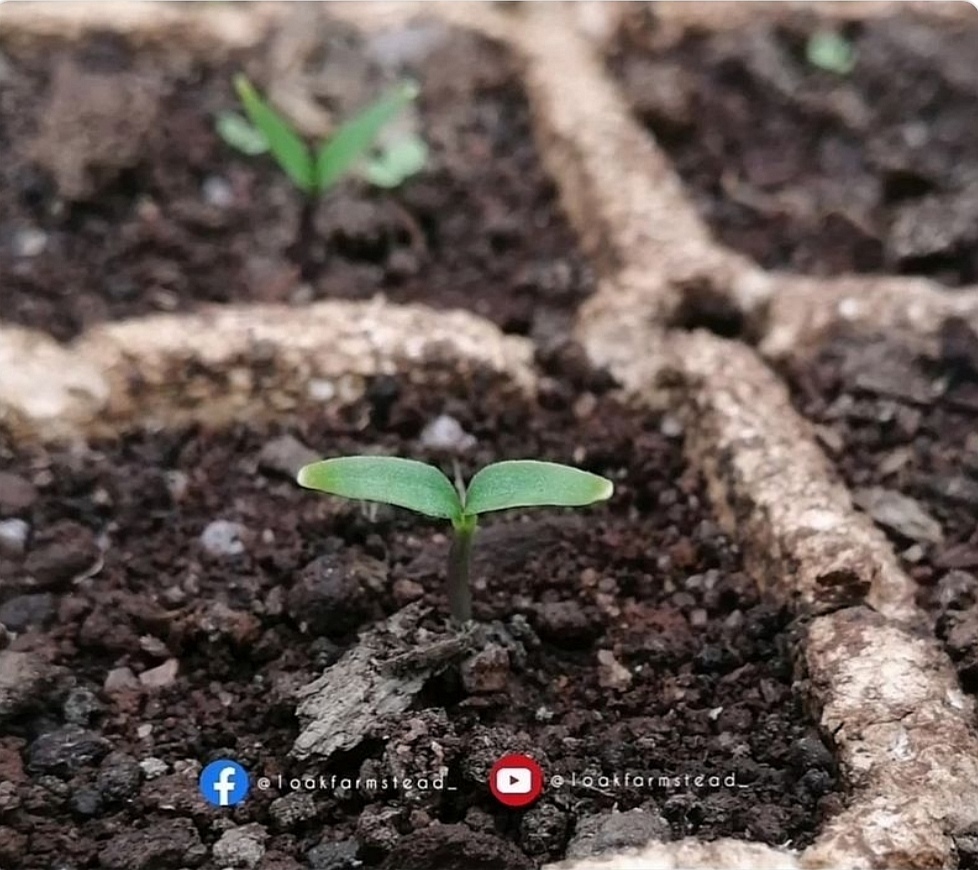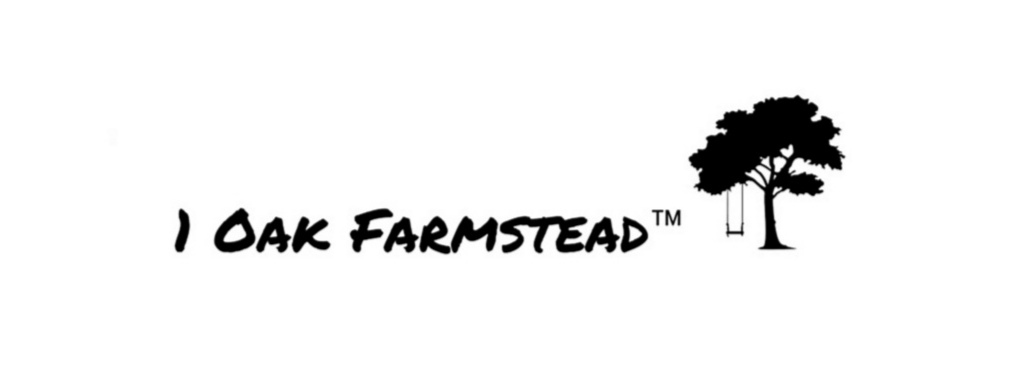Leave a reaction | Ayanda Kunene | Last modified October 5, 2023.
Planting Seedlings Indoors Can Be Cheaper.

“Can be” are very important words to take note of here! It’s easy to get caught up in buying way more seeds than you really need along with equipment that is unnecessary and adds up to a lot of money.
What Seeds Should Not Be Started Indoors
There are definitely some plants that don't lend themselves to being started indoors. For instance, all root vegetables such as potatoes, sweet potatoes, carrots, beets, rutabagas, parsnips, turnips, and garlic should be direct sown.
Subscribe to 1oak farmstead
Get updates on the latest posts and more from 1oak farmstead straight to your inbox.
Our Shop📍
https://bmc.link/1oakfarmstead
Follow Us!
What Seeds Should Be Started Indoors
Tender vegetables such as tomatoes, peppers, broccoli, cauliflower, Brussel sprouts, cabbage, celery, eggplant, and head lettuce all do best started indoors regardless of how long the growing season is.
Starting these crops indoors allows for more control over these delicate crops to ensure that they flourish.
Vegetables such as leaf lettuce, spinach, arugula, kale, kohlrabi, Swiss chard, green beans, and radishes are fast-growing and have no need to start from seed indoors as well.
Additionally, vegetables such as cucumber, squash (summer and winter), melons, corn, peas, and okra do not like their roots disturbed, and do best when direct sown.
If your growing season (last frost date of spring to the first frost date of fall) is less than 100 days, you could try to start these from seed where you otherwise wouldn't be able to grow them. But again, there's a reason these vegetables are recommended to be direct sown, so proceed with caution (and at your own risk).
For some, the risk is better than not being able to grow these crops at all.
In this post where I share my seed shopping method, I help you avoid some of these pitfalls by guiding you through how I shop for seeds.
[Related]: Check this article to learn more about the gardeners resolutions:
You can also search your local area for seed swaps and seed banks where you will likely find seeds for a cheaper price (sometimes even free!).

Let’s do a little math… most of the seed packets you buy will have a large number of seeds in them. Depending on where you buy them, these packets can cost less than a dollar or so.
Of course, not all seeds are this cheap. If all of the seeds germinate and grow, it will cost significantly less than $2.00 a plant at the store. It totally depends on your circumstances and how frugal you are in your setup.
Regardless of which zone you are in, starting seeds indoors can allow for the best maximization of time to grow a healthy flower or vegetable garden.
Right off the top, I’m going to admit that gardening has its hard moments. There will be times when you feel like giving up and times of huge reward.
However, when you put in the extra work of starting seeds and get to try and taste produce you could never get at the grocery store, it helps give you that extra push to keep going!
If you have a garden, chances are you may have been buying your tomato and pepper plants at a local box store or nursery. But what if I told you that you could easily start your own plants inside your house, no greenhouse required?
I have found outdoor gardening to be a place I escape to and I yearn for it during the summer months. Gardening is a therapeutic retreat for my whole being. So why not expand that outdoor experience to the indoors?
Not only will you get to experience the thrill of coaxing seeds to life, but you will also have an outlet for those hands and mind that longs for the feel of soil.
Advantages of Planting Seedlings Indoors
There are a number of reasons why seeds started indoors can be beneficial. Here are a few that have really resonated with me.
Expanding the Growing Season
No matter where you live, planting seedlings indoors can give you more control over the season.
By starting seeds inside when it’s still too cold for the plants outside, you are getting a jump start on your growing season.
For example, tomatoes and peppers take about 80-90 days from seed to fruition. If the seeds are started inside 6-8 weeks before the last frost and then planted outdoors, the tomatoes might be producing fruit in as little as 4 weeks from planting.
In addition to that, indeterminate tomato plants grow and continue to produce indefinitely, so you gain 6 to 8 weeks of harvest.
Another issue that warmer, southern climates can run into is a short spring period.
For plants like cabbage, cauliflower, and broccoli it’s best to start indoors. If the seeds are sown directly into the outdoor garden soil, the weather may be too hot when they are ready to produce. The plants will wilt and sprout and just not do well in the heat.
A Step Closer to Self-Sufficiency
For me, being involved in the complete cycle of gardening from seed to harvest is not only therapeutic but satisfying.
The more involved I am in the process, the better I feel about the foods I am feeding my family. There is always room to grow, but every little step I learn and implement into our lives is a step towards being less dependent and more self-sufficient.
When to Start Seeds Indoors?

Avoid being tempted to start seeds too early!
Begin by referring to your seed packet. There is usually a chart on the back of the packet that indicates germination time. Determine the number of weeks for germination and seedling growth.
Next, do an online search for your area to get an estimated date for the last frost. Count backward from that date to figure out the date you need to start your seeds indoors.
I always want to be sure there's no chance of losing my baby seedlings to a late frost. So, I will usually wait to plant until the average last frost date is well past. When I’m getting close to our last frost date, I will keep a close eye on the 10-day forecast and plan my planting date from there.
If you don’t have a heated greenhouse, you can start the plants inside your home near a south-facing window. Once the plant has pushed through the soil and has its first set of leaves, you can move them, but make sure the temp does not drop below 45°F in the evening. In some growing zones, you might want to invest in fluorescent lights (or grow lights) and heat mats.
Subscribe to 1oak farmstead
Get updates on the latest posts and more from 1oak farmstead straight to your inbox.
Our Shop📍
https://bmc.link/1oakfarmstead
Follow Us!
Let's Plant!
Begin by labeling the container with what you are planting. If you are using plastic cups, you can write directly on the cup if you wish.
Heap the container with soil. Loosely press the soil, and be careful not to pack it too tightly. The goal here is to eliminate the air so that it’s not too loose, but firm enough to hold the seed in place so that watering will not dislodge it.
Water the soil lightly before planting the seed, I actually like to dampen a large amount of soil in a separate container so it's a faster process.
Press a small indentation in the soil with your fingertip to plant the seed. The depth you need to plant the seed is 2 to 3 times as deep as the seed is wide. For tiny seeds, only sprinkle them across the surface of the dirt and mess up the soil a little to cover them. For larger seeds, place them in the hole you made with your finger and brush soil across the top to cover.
Water daily to keep the soil moist. A good way to visualize the moisture level you want the soil to be at is to think of a sponge. When a sponge is taken out of a bucket of water and squeezed, it’s damp, but not drippy. That’s the moisture level you need for your soil. Too dry, and the plant dies. Too wet, and the seed rots or the plant drowns. I like to bottom water, but if you don't have the trays that allow for this, overhead watering will work, too.
Pro Tip: A good way to keep the soil damp but not soggy is to use a spray bottle.
When they are mature and the danger of frost has passed, transplant seedlings into your garden space.
Should I Thin My Seedlings After Germination?
For most plants, I will have up to 10 planted seeds in one larger container for the germination step. Transplanting these plants into their own container once they have produced their first set of sturdy leaves optimizes their full growth potential.
If you don’t want to transplant all of them, pinch them off at the soil line and discard. However, if you wish to transplant, dig down around the root system with your fingers. Gently work the plant loose, and place it in a separate container. Don’t forget to label the new transplant and water as before.
What Does “Hardening Off” Mean?
Hardening off your plants is a simple process of moving them outside for a few hours every day.
You're essentially letting them adjust to conditions such as sunshine, wind, and temps a little at a time. Increase the time they're outside each day by a couple of hours until they're ready to stay outside full-time.
This helps reduce the risk of shock to the plant and helps mitigate stalling the plant's growth or killing the plant altogether.
Should I Soak Seeds Before Planting Indoors?
Soaking seeds isn't generally necessary, however soaking larger seeds with thick coatings for 12-24 hours before planting can help give them a head start on the germination process. Do not soak small seeds! They will gel together making it somewhat impossible to separate out for planting.
I hope this post helps you realize starting seeds indoors is really a very simple process and nothing to be intimidated by.
Here's to extending our growing seasons and getting our hands in soil a little before the outside tempersummer morning in the garden.
And speaking of getting our hands in the soil, check this article about the power of working with bare hands.
Thank you for tuning in. I bless you.
Until next time.
Pull Up A Seat And Visit Awhile
[Related]: Did you struggle with your seedlings this year? If yes, check this guide on how to properly care for your seedlings:

What Do You Need?
Now That You Are Here!
#Your1oakPlug over here at 1oak Farmstead™ has a saying " Turn your everyday dust into golden haze."
Learn what you can, when you can! Life and knowledge will grow and thrive when/where you nurture it! Enjoy each season!!
Join the other Friends, Farmers/Homesteaders who get the best of homesteading sprout delivered right to their email every Wednesday and Sunday!
Our homepage: @1oakfarmstead

